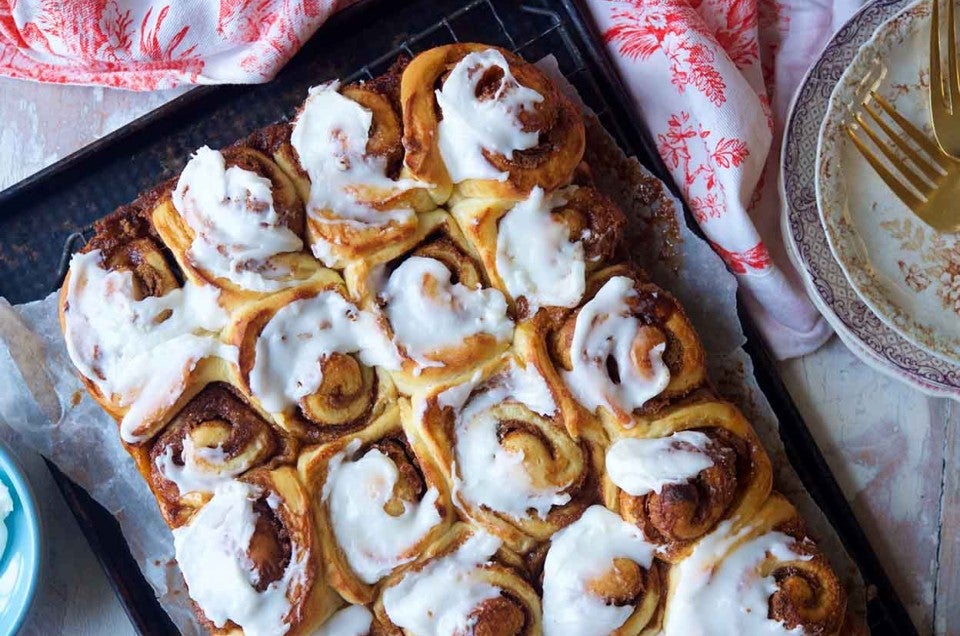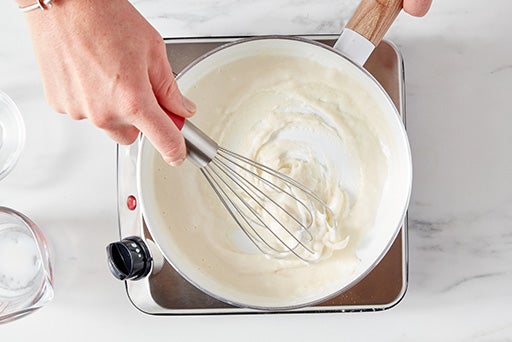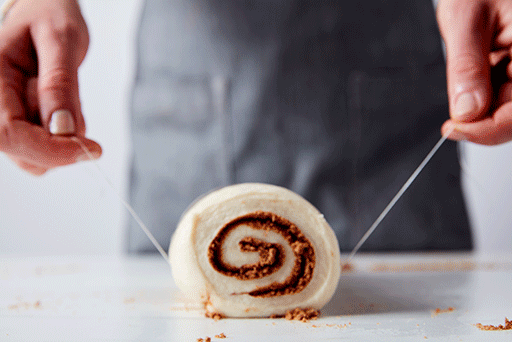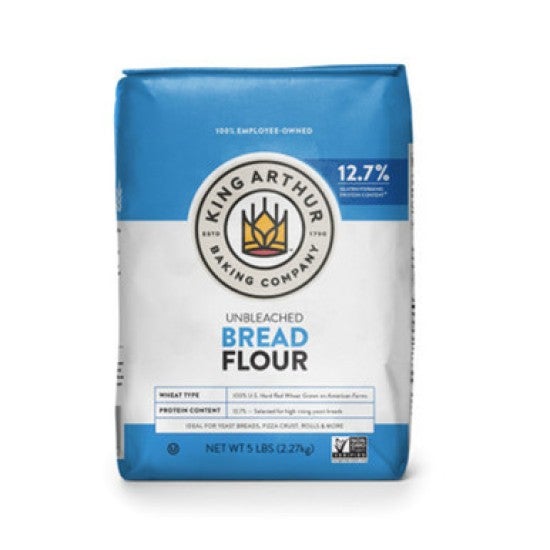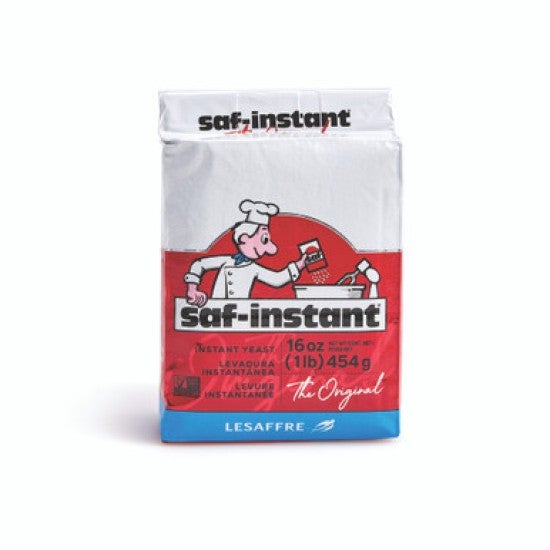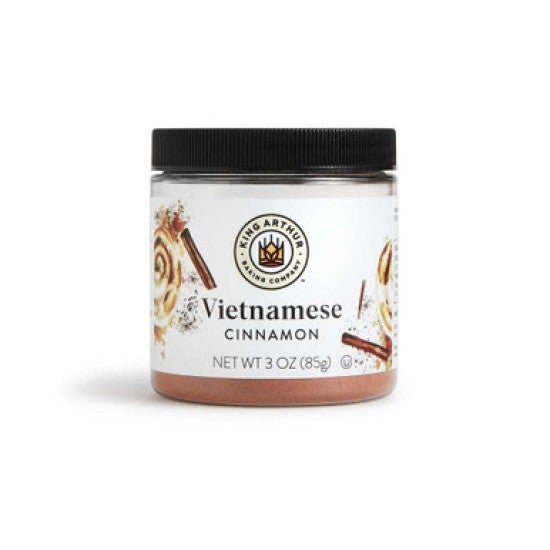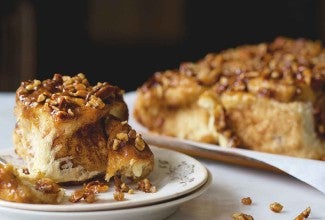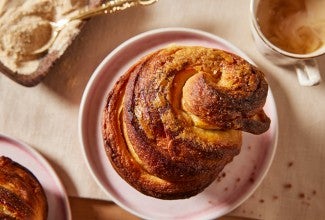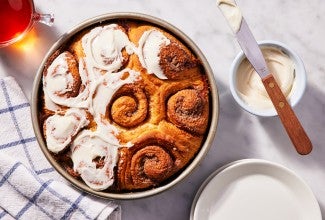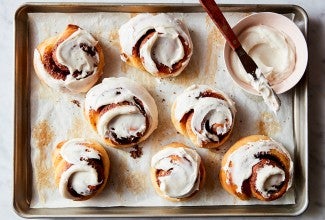-
To make the tangzhong: Combine all of the starter ingredients in a small saucepan, and whisk until no lumps remain.
-
Place the saucepan over medium heat, and cook the mixture, whisking constantly, until thick and the whisk leaves lines on the bottom of the pan. This will probably take only a minute or so. Remove from the heat, and set it aside for several minutes.
-
To make the dough: Weigh your flour; or measure it by gently spooning it into a cup, then sweeping off any excess. Mix the tangzhong with the remaining dough ingredients until everything comes together. Let the dough rest, covered, for 20 minutes; this will give the flour a chance to absorb the liquid, making it easier to knead.
-
After 20 minutes, knead the dough — by hand, mixer, or bread machine — to make a smooth, elastic, somewhat sticky dough.
-
Shape the dough into a ball, and let it rest in a lightly greased covered bowl for 60 to 90 minutes, until puffy but not necessarily doubled in bulk.
-
To make the filling: Combine the brown sugar and cinnamon, mixing until the cinnamon is thoroughly distributed.
-
Gently deflate the risen dough, divide it in half, and shape each piece into a rough rectangle.
-
Working with one piece at a time, roll the dough into an 18" x 8" rectangle.
-
Sprinkle half the filling onto the rolled-out dough.
-
Starting with a long edge, roll the dough into a log. With the seam underneath, cut the log into 12 slices, 1 1/2" each.
-
Repeat with the second piece of dough and the remaining filling.
-
Lightly grease a 9" x 13" pan. Space the rolls in the pan.
-
Cover the pan and let the rolls rise for 45 to 60 minutes, until they're crowding one another and are quite puffy.
-
While the rolls are rising, preheat the oven to 350°F with a rack in the bottom third.
-
Uncover the rolls, and bake them for 22 to 25 minutes, until they feel set. They might be just barely browned; that's OK. It's better to under-bake these rolls than bake them too long. Their interior temperature at the center should be about 188°F.
-
While the rolls are baking, stir together the icing ingredients, adding enough of the milk to make a thick spreadable icing. The icing should be quite stiff, about the consistency of softened cream cheese.
-
Remove the rolls from the oven, and turn them out of the pan onto a rack. Spread them with the icing; it'll partially melt into the rolls.
-
Serve the rolls warm. Store completely cool rolls for a couple of days at room temperature, or freeze for up to 1 month. See "tips," below for reheating instructions.
